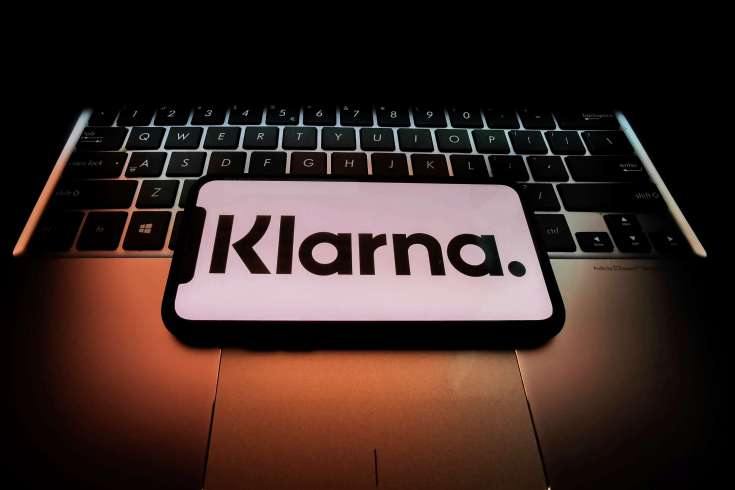
Swedish buy now, pay later firm Klarna reduced its losses by roughly 67% in the first half of 2023, as the company dramatically cut costs in a bid toward profitability.
The company reported overall net operating income of 9.2 billion Swedish krona ($843.5 million), up 21% year over year. Failing to record a half-year profit, the firm posted a net loss of 2.1 billion krona for the period, down 67% from 6.4 billion krona between January and June 2022.
Klarna did, however, say that it recorded one month of profitability in the first half of the year, ahead of its internal target to post profit on a monthly basis in the second half.
Klarna founder and CEO Sebastian Siemiatkowski hailed the firm’s profitability milestone, saying that its results “clearly rebut the misconceptions around Klarna’s business model, evidencing that it is incredibly agile and sustainable,” and supporting a “healthy consumer base.”
“Some claimed Klarna would face difficulties in the tough macro-economic climate with high interest rates, but having led the company through the 2008 financial crisis I knew we had a strong and resilient business model to see us through. Despite the volatile environment, we have done exactly what we set out to do,” Siemiatkowski said.
Credit losses, a measure of how much the company sets aside for customer defaults, sank by 39% to 1.8 billion krona from 2.9 billion krona.
Buy now, pay later, or BNPL, firms allow shoppers to defer payments to a later date or purchase things over installments on interest-free credit.
These firms are able to offer zero-interest loans by charging merchants, rather than customers, a fee on each transaction — but as interest rates have risen, the BNPL funding model has been challenged.
Siemiatkowski previously told CNBC the company was planning to achieve profitability on a monthly basis in the second half of 2023, suggesting that an aggressive cost-cutting strategy in 2022 — which included hundreds of redundancies — had paid off.
Klarna cut 10% of its workforce in May last year.
“To some degree, all of us were lucky that we took that decision in May [2022] because, as we’ve been tracking the people who left Klarna behind, basically almost everyone got a job,” Siemiatkowski said at an interview in Helsinki at the Slush technology conference last November.
“If we would have done that today, that probably unfortunately would not have been the case.”
Klarna said that cost optimization was a key factor behind its ability to churn out a monthly profit in the first half of the year.
The company said that operating expenses before credit losses improved by 26% year on year, thanks in part to its push into artificial intelligence.
Klarna said a recently launched customer services feature “made solving merchant disputes for customers more efficient, saving over 60,000 hours annually.”
Like other fintech companies, Klarna has made a big push into AI lately, as it looks to capitalize on the growing boom in the industry’s growth, following the birth of OpenAI’s ChatGPT.
In April, the company revamped its app with a host of new personalized shopping features. It is trying to make the software similar to TikTok, which has a discovery feed for users to find content suited to their preferences.
David Sandstrom, Klarna’s chief marketing officer, told CNBC at the time that the aim was to “offer people products and brands before they knew they wanted them.”
Klarna last year saw 85% erased from its market value in a so-called down round, taking the company’s valuation down from $46 billion to $6.7 billion.
Some of the company’s peers, like PayPal, Affirm and Block, also saw their shares plummet sharply amid a wider sell-off in technology valuations.
Klarna at the time blamed deteriorating macroeconomic conditions, including higher inflation, rising interest rates and a shift in consumer sentiment.


